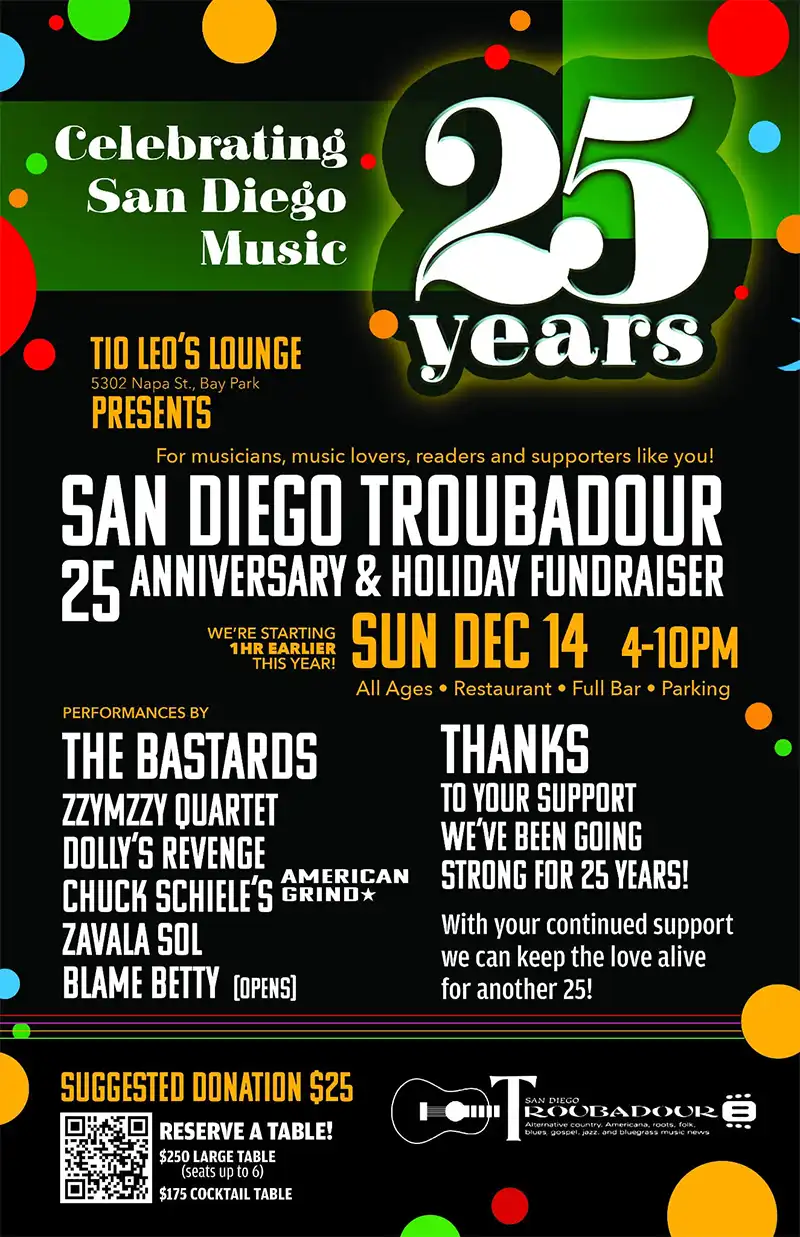Featured Stories
JOHN AND PAUL: A Love Story Told in Songs
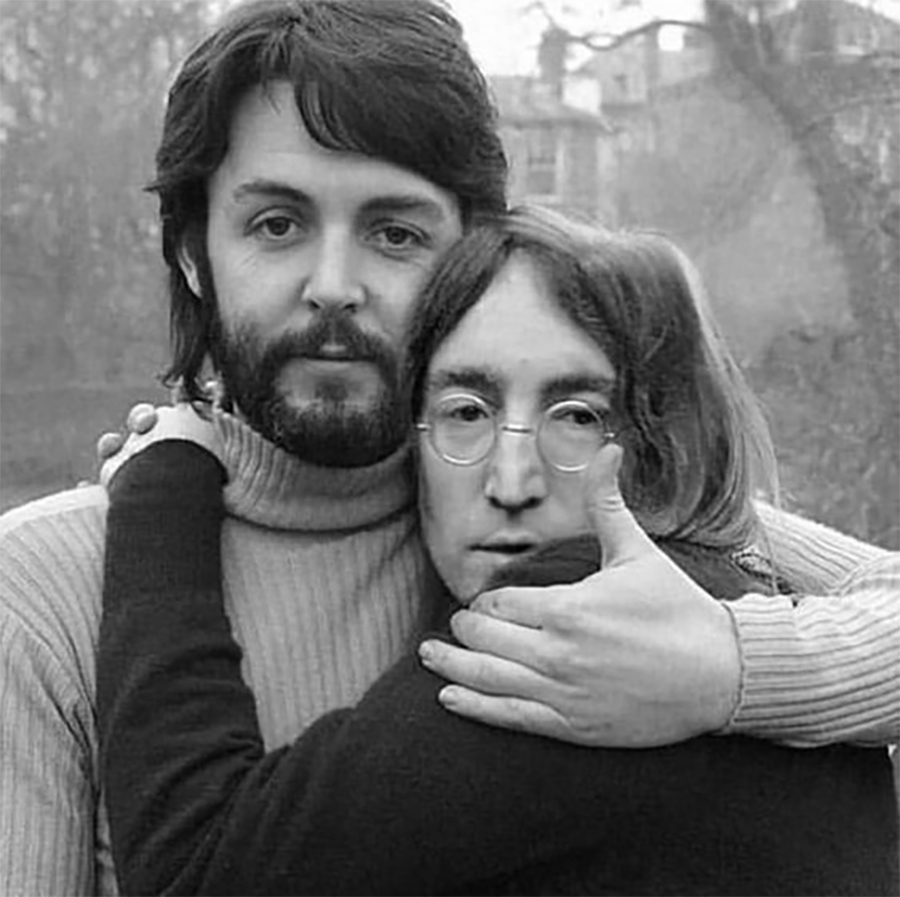
John Lennon and Paul McCartney.
Generations of those obsessed with the minds of John Lennon and Paul McCartney, both during their time together as the super-charged songwriting duo in the Beatles and afterward, as solo artists, rivals, and “frenemies,” to use an ugly coinage. I know I did during the initial stages of music fandom, obsessing over the psychic lives of John and Paul and any other young music maker one thought elevated rock ‘n’ roll to what many considered High Art. Whether the radio was then populated with melodic masterpieces, an audio art gallery of a sort, is a different discussion. Yet the intense interest in Lennon and McCartney’s relationship continues to intrigue millions, across generations old and new, well into the 21st century.
It’s been estimated that 4,000 books about the Beatles have been written, and other informed sources place the numbers higher—in the hundreds of thousands. In brief, a staggering amount of research, interpretations, analyses, and biographies has been dedicated to scrutinizing every aspect of the Beatles and their music—though as the decades wore on and publications continued to appear, little new was revealed. A confession here: I’ve read about 20 tomes dedicated to the Fab Four in the half-century since their debut, and the later books seemed like reshufflings of old facts in the timelines, with an intellectual tone that was dry and flat recycling of stale bromides.
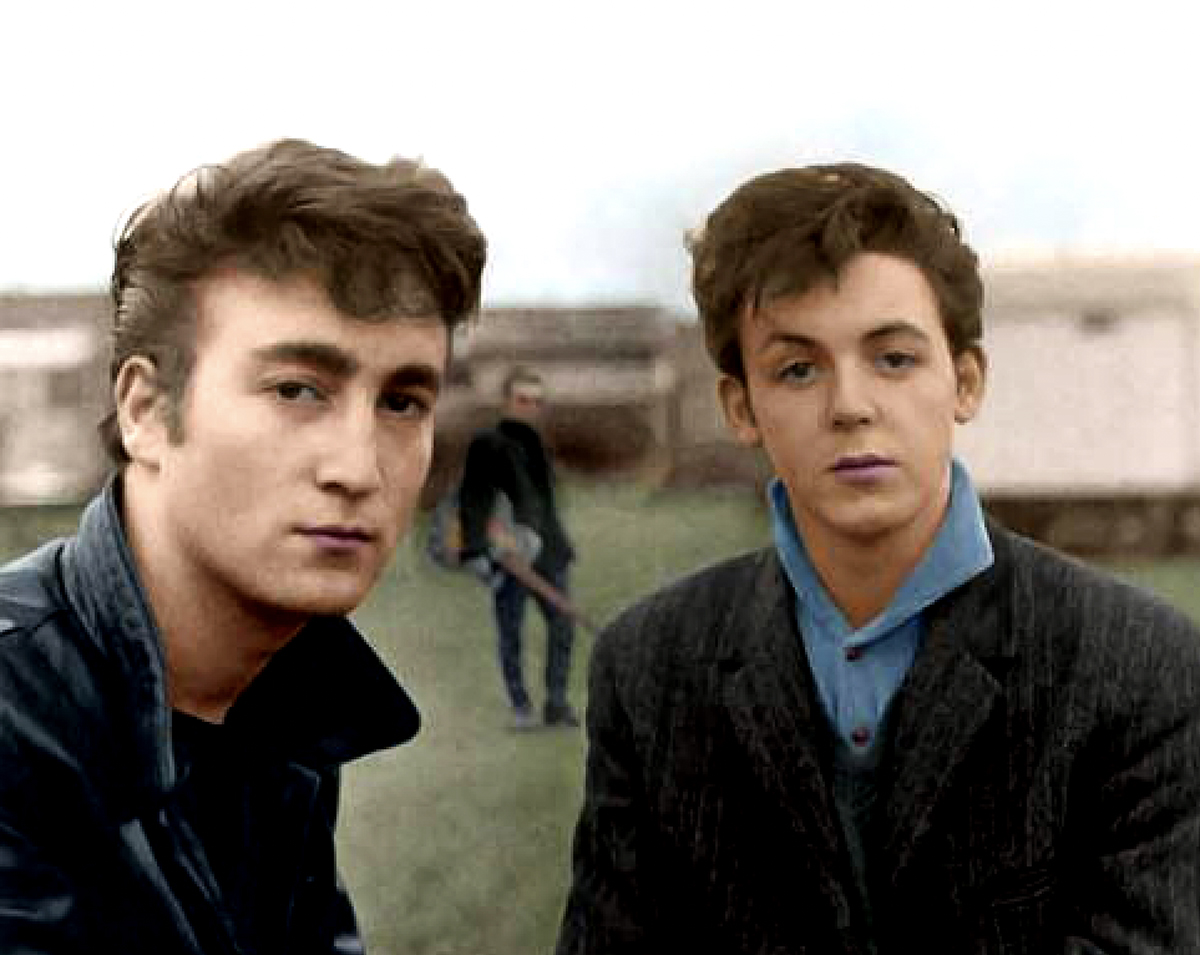
John and Paul in the early days of their friendship.
Could a rock writer reinvigorate interest in how the Lennon-McCartney songbook came to be? Intriguingly, significant notice is given a recent book, John and Paul: A Love Story Told in Songs, a beguiling history of the growing friendship and collaborative partnership between the titular songwriters, written with verve by non-music writer Ian Leslie. Leslie has written about psychology, culture, technology, and business for The New Statesman, The Economist, The Guardian, and Financial Times, and has authored three previous books on human behavior. His background in psychology combined with intimate and clear prose gives Leslie an edge over the vast array of books on the same subject. The author is effectively liberated from the tangled babble that often made considering the Beatles’ legacy more laborious than it should have been.
While the book doesn’t provide current information or undisclosed facts, Leslie carefully curates a wealth of previous works by other authors, establishing significant dates of meetings, songs, consequential events, and ties these moments to the composition and themes of the Lennon-McCartney oeuvre. John and Paul begins with their first meeting in Liverpool in 1957, bonding over their shared experience of absent mothers—John raised by his maternal aunt Mimi Smith and McCartney losing his mother at age 14—and their mutual love of American rock ‘n’ roll. Both fledgling musicians, the pair initially played covers of other artists’ songs. As their relationship deepened, they began writing songs together, composing “eyeball-to-eyeball,” as described in the book.
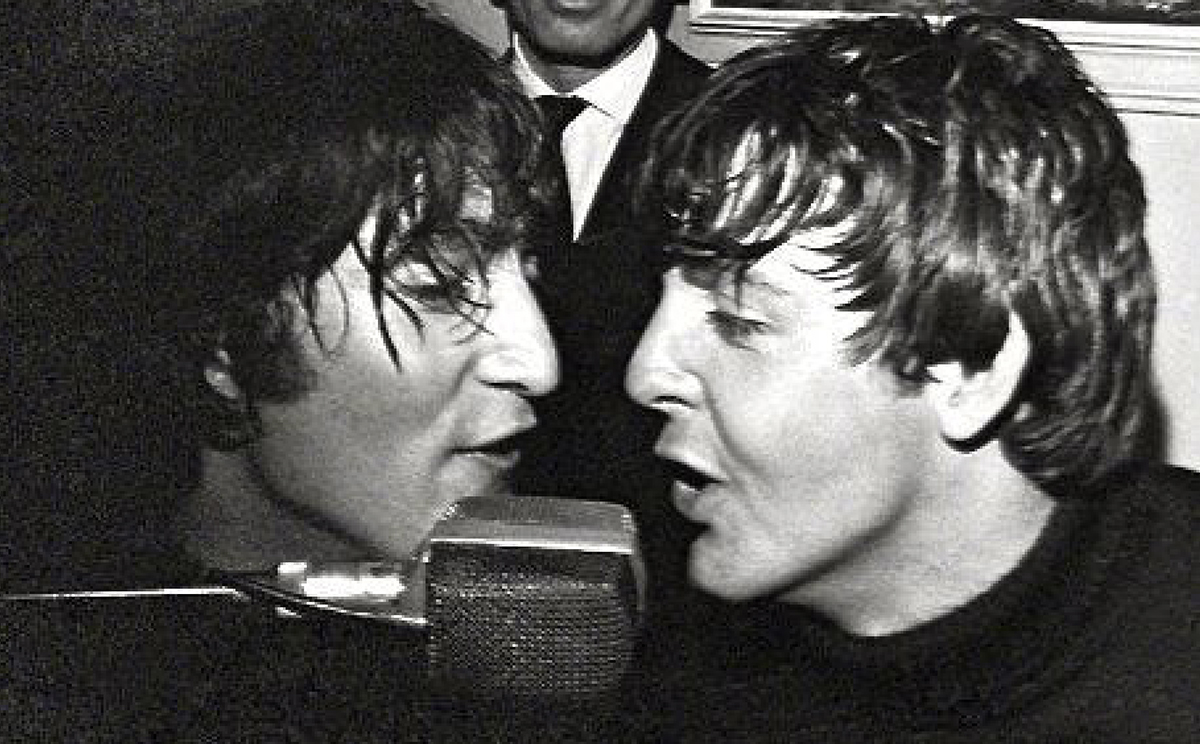
In a splendid touch, each chapter of the book is named after a relevant Beatles song, offering poetic commentary on the moments described while reinforcing the central subject: the love story between John and Paul that Leslie’s subtitle announces. Over time, Lennon and McCartney became a constant presence in each other’s lives, growing so comfortable with one another that the songs they wrote became increasingly personal—direct addresses of affection between them. Lennon and McCartney believed the bond would last forever, and in a rush of soulmanship and solidarity agreed to split authorship on all of their songs, regardless of individual contribution. Leslie skillfully weaves facts and interpretations throughout the book, providing the background to the songs while succinctly profiling the artists as they evolved as writers, musicians, and individuals who needed each other to feel whole. Though he doesn’t assert this directly, it might be seen that their agreement to share songwriting credit, regardless of contribution, was akin to a wedding vow. Lennon and McCartney understood each other in ways one might liken to the intimacy between a married couple.
To be clear, Leslie finds no evidence that Lennon and McCartney had a sexual relationship, though he does report a statement from Yoko Ono that John thought about having a physical relationship. However, he maintains that their friendship was a romance of the platonic sort, where the intimacy derived from shared experiences and depths of feeling was dynamic and often volatile.
Leslie builds his case persuasively while going through the documented facts of Beatle songs, interpreting, suggesting, hinting (at times) what influenced the style, and tone of the songs the partnership created, and he does a delicate examination about how the two regarded sweet and bitter facts of their love for each other, As I read further, I kept thinking about Montaigne’s 1580 essay On Friendship, where he argues that a friend is a true and unwavering companion, that it is a unique bond, and that the true bond was nearly exclusive between two men. He considered having multiple friends diluted the quality of the bond and insisted that such a bond was a reserved for males alone, as the souls of women were too weak to main the strength to maintain the friendship bond he described. Well, yes, but remember this was published in 1558, but one can take the basic definition of friendship and apply it to the densely populated dynamics of John and Paul’s lives together and apart.
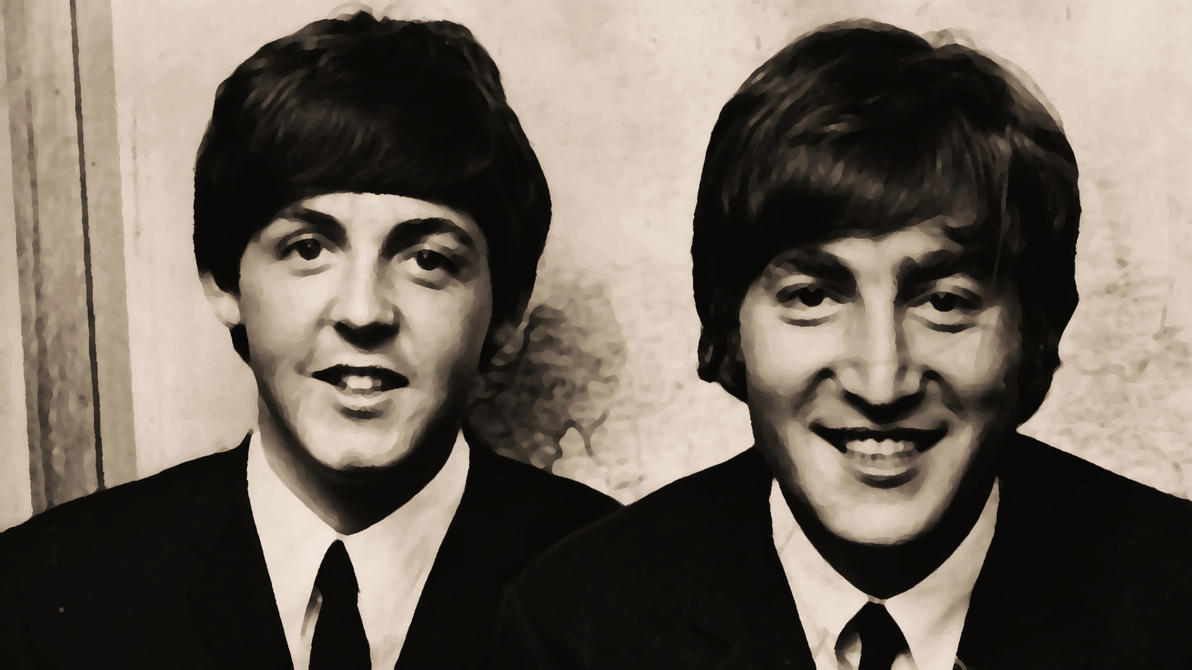
The bond lasted, but not in ways neither John or Paul expected, as McCartney met Lisa Eastman and Lennon became enamored of artist Yoko Ono. In concise detail as to what happened, what was said and the effects on the Beatles as a whole, Leslie paints a picture of the partners feeling threatened, of being “replaced” as the principal focus of the other. Tension arose with the death of their first manager Brian Epstein, controversy within the group about Paul’s insistence that Alan Klein take over the money and business affairs of the Beatles as a going concern, the wild and willy formation of Apple, a company that would be a record label, an electronics firm, a film studio with nary an idea of how to go about setting up a corporation—much of what was a utopian vision of how Apple and all the enterprises it would sponsor collapsed under the weight of the chaos and lack of direction concerning business matters. Leslie moves through the breakup the Beatles, a result of the members growing apart in what they wanted to engage in and in musical ideas and also chronicles the angry attacks, snide remarks, attack songs by Lennon—the louder, angrier, and more insecure of the two—aimed toward McCartney while Paul remained mostly silent. Leslie talks about the tragedy of John Lennon’s assassination outside the Dakota Apartments in New York City by Mark David Chapman. The reader is aware of Lennon’s sad demise, but in addition to that part of the Beatles story there are events that make you optimistic, that maybe there is actually another way this could have ended. The book hints toward reconciliation, with McCartney showing up at Lennon’s apartment with a guitar, long phone calls, Lennon saying nice things about McCartney’s work as a solo artist, and recalling the joy he had as Paul’s collaborator. The hard facts of what was about to happen remind us of the shock. Soon after the murder, McCartney was swarmed by reporters wanting to get a response. The usually responsive McCartney, exhausted and shocked, could only manage a meager answer, “It’s a drag, isn’t it?”
The price of global celebrity is that millions think they know you better than you know yourself and have harsh standards about how the famous should respond to events and what they should say. Paul McCartney was raked over the coals for a cold, impersonal response and for not showing perceptible emotion. It’s obvious the reporters want to see a melt down to provide for better copy, but McCartney’s grief was real and profound, Leslie points out, and it took a while for the songwriter to offer a fitting tribute to his longtime friend.
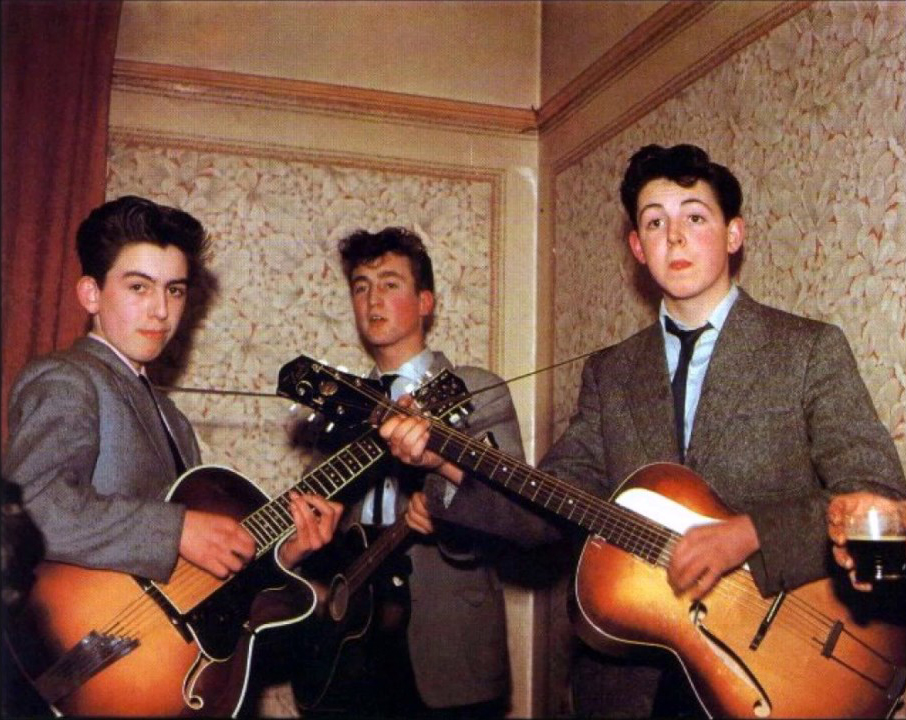
John and Paul with George Harrison, 1950s.
Obvious, through the 426 pages, is that the bond between Lennon and McCartney held in the best of times when their friendship was ecstatic and creative, two young men discovering world together and feeling the exhilaration of pushing each other to take greater musical risks; the bond was there when they parted ways and became involved in other ventures. No matter how great the music of either John or Paul was in their solo albums, it was always the case that both were conspicuous by their absence in each other’s live shows. You always wondered what it would be like they were still working together, daring each other to do better.
Unexpectedly, Ian Leslie cites Montaigne on page 388, the end of the drama of John and Paul. The writer cites Montaigne’s recollection of his friendship with writer and jurist Etienne de Boetie. At first meeting, Montaigne writes:
We sought each other before we met…from report we had each heard of the other…At our first meeting …we found ourselves so taken with each other, so well acquainted, so bound together, that from that moment on nothing could be as close as we were to one another.
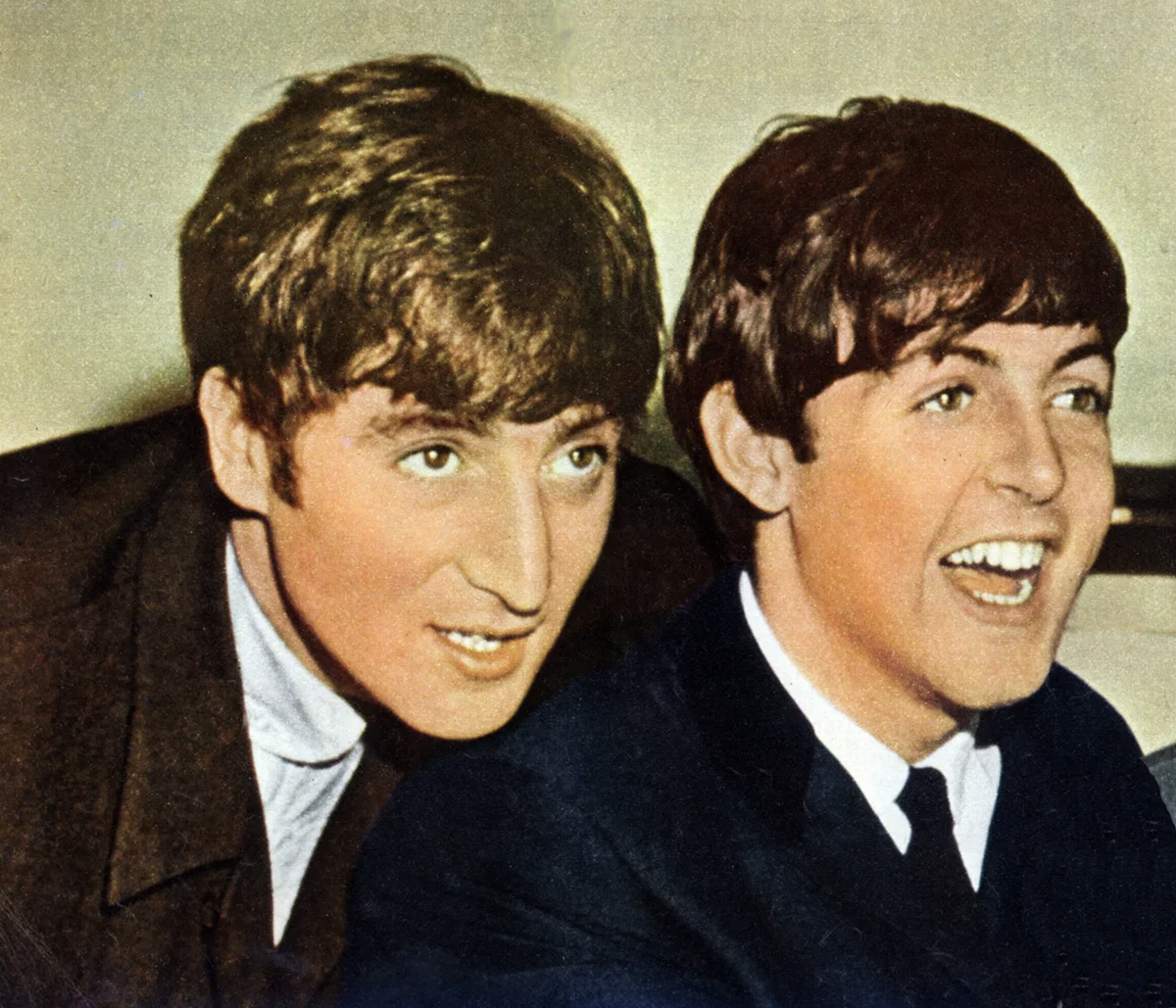
This is a fine and succinct quote in that it frames Leslie’s nuanced speculation on the psychic connection between the songwriters. It serves to reveal to the world that the songs Lennon and McCartney were more than mostly successful bits of cleverness, an eclecticism for its own sake, but rather that their songs were personal expression, some of them no less than the existential surrealism of Dylan, the poignant Cheeverisms of Paul Simon, or the elegant confessions of Joni Mitchell. John and Paul emerge from these pages magnificently gifted and human, all too human. It’s the history of the Beatles through the inner of a deep relationship that had its magic moments and confounding depths. A romance, in other words, beautifully detailed in an enjoyable and compulsive read.


